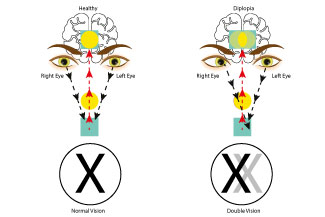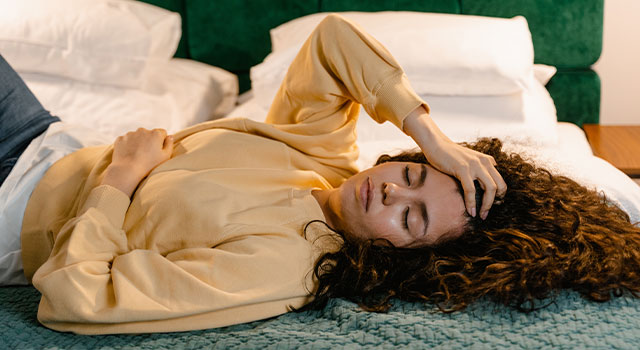
Difficulty With Eye Movements Following A Brain Injury
Eye function directly reflects brain function. When there’s a problem in the brain, it can cause adverse visual or ocular symptoms. Considering that much of the brain’s functions are related to vision, it’s no surprise that up to 90% of patients who’ve sustained a brain injury suffer from ocular problems. Below, we’ll explore the link between brain injuries and eye movements, and how a neuro-optometrist can provide relief.
What’s Considered a Brain Injury?
Any condition that causes damage to the brain is considered a brain injury. Examples include all forms of traumatic brain injuries (concussion, contusion, penetrating injury, and anoxic brain damage), stroke, tumor, encephalitis and brain hemorrhage. Problems with vision and eye movement are common following a brain injury.
How Can a Brain Injury Impact Eye Movements?
Many visual functionalities share pathways throughout the brain. Different eye problems will manifest based on the pathway that has sustained damage. Below are some of the common vision problems that tend to result following a brain injury.
Tracking Problems
To track a moving object, our eyes rely on a visual skill called smooth pursuit, without which it is difficult to watch TV, drive, scroll through text on a phone or do anything else that requires maintaining a steady gaze on a moving target.
An individual with strong smooth pursuit has eyes that are able to consistently focus incoming light onto the portion of the retina called the fovea. This requires a large amount of fine muscle control that uses feedback from several regions of the brain.
If the connection between the regions is damaged due to a brain injury, smooth pursuits can fail and vision will be temporarily blurred.
In certain cases, a person’s eyes will react to a failed smooth pursuit by compensating with a corrective saccade — a rapid eye movement that attempts to relocate the light’s focus onto the fovea.
A person with eye tracking problems will experience many corrective saccades, leading them to feel ‘foggy’ or fatigued when in a visually stimulating environment.
Nystagmus
Nystagmus is another possible visual complication following a brain injury. The condition is characterized by rapid, involuntary eye movements (up or down, side to side, or circular motions). These eye movements may be constant or occur solely when looking in a certain direction. A person with nystagmus often has the illusion that the visual world is oscillating, or in motion, when it is in fact stationary. This, in turn, can cause unpleasant side effects like dizziness and vertigo.
Strabismus
Also known as a squint or eye turn, strabismus is the misalignment of the eyes: one eye is turned inward, outward, up or down. Strabismus can be constant or intermittent, causing blurred vision, double vision and poor depth perception.
How Can Neuro-Optometry Help?
Neuro-optometry aims to rehabilitate the visual system using customized eye exercises, therapeutic lenses and prisms that strengthen the communication between the eyes and the brain. Each person’s brain reacts differently to brain injury; therefore the treatment is completely personalized for each patient’s condition. At Grand Developmental Vision Institute, we offer functional visual evaluations to patients who’ve sustained brain injuries for the most accurate diagnosis of the visual system. If any visual deficits are detected, Dr. Anderson and Dr. Holodniak may recommend neuro-optometric rehabilitation therapy.
Neuro-optometric rehabilitation therapy has helped countless patients suffering from lingering visual symptoms related to brain injuries, and can help you or a loved one as well. Even if your vision is clear and you experience symptoms like dizziness, nausea, sensitivity to light or anxiety, you may have an underlying vision problem. We know how debilitating these symptoms can be — and we’re here to help. To schedule your functional visual evaluation, call Grand Developmental Vision Institute today.
Our practice serves patients from Winnipeg, Selkirk, Portage La Prairie, and Brandon, Manitoba and surrounding communities.












